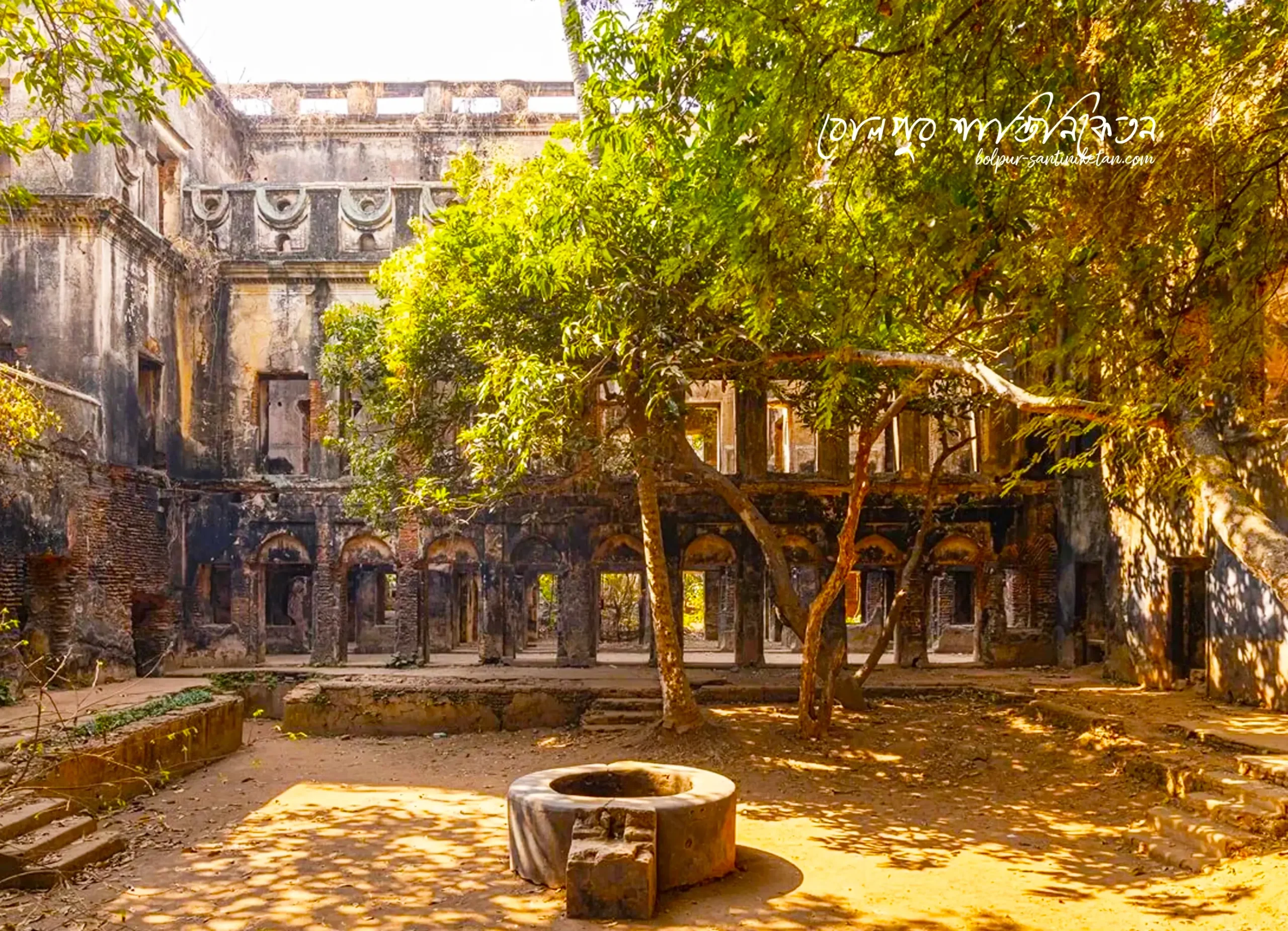Discovering Deul Temples: Architectural Heritage near Santiniketan
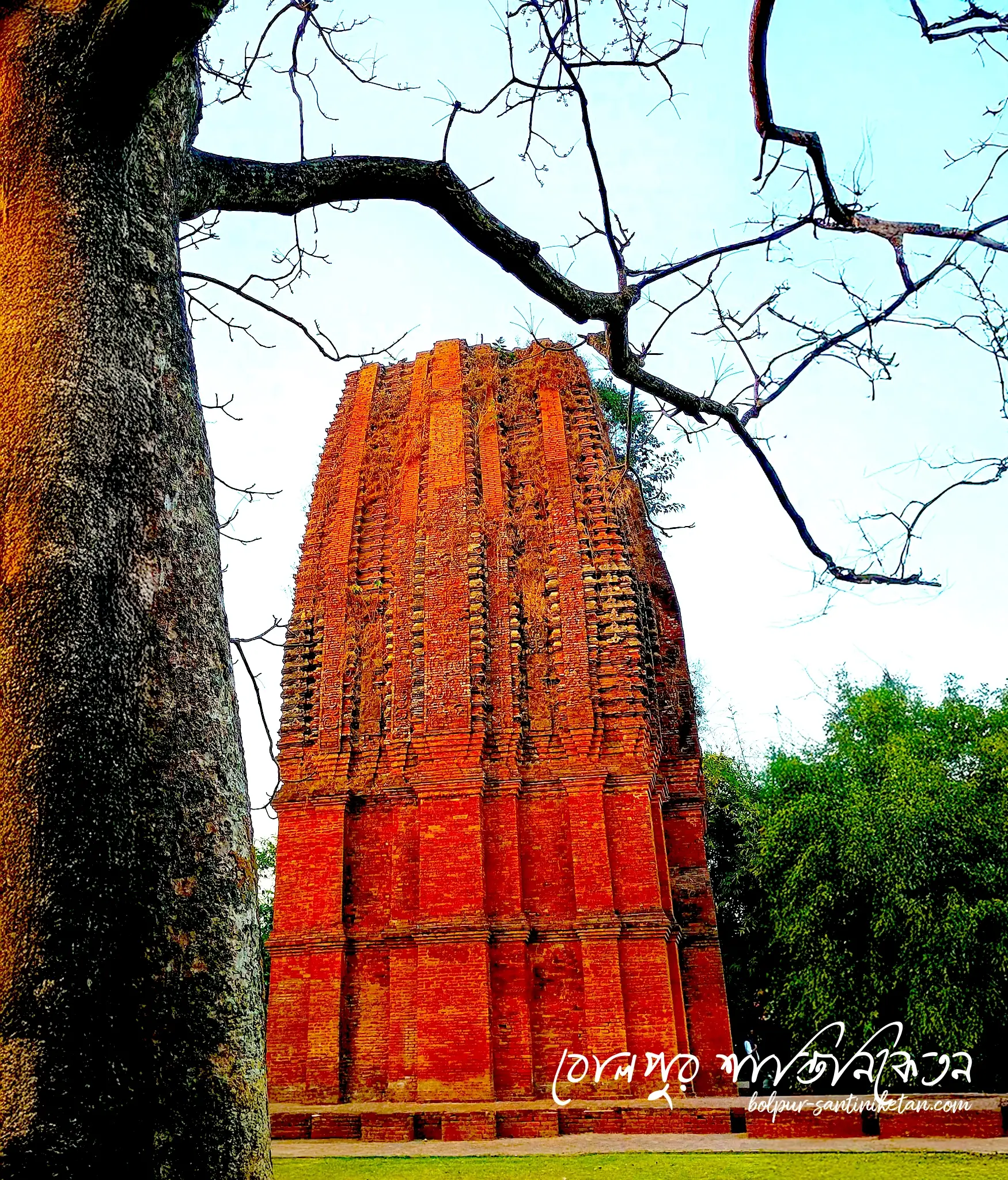
The term “Deul” in the context of West Bengal refers to a specific style of temple architecture, characterized by a tall, curvilinear tower (known as rekha deul). While not a single specific location named “Deul” near Santiniketan (apart from a park area named after a temple), this architectural style is a significant part of the historical and cultural landscape of the Birbhum district and the areas surrounding Bolpur and Santiniketan. Exploring these ‘Deul’ temples offers a unique insight into the region’s religious art and architectural heritage.
Understanding the Deul Style:
The Deul style, particularly the rekha deul form, is one of the predominant traditional temple architectures found in the western parts of Bengal from the pre-Muslim period onwards. These temples typically feature a square base and a towering spire that curves inwards towards the top, often surmounted by an ‘amalaka’ (a ribbed capstone) and a ‘kalasa’ finial.
Many of the Deul temples in the Birbhum area are constructed of brick and adorned with intricate terracotta carvings. These terracotta panels depict scenes from mythology (like the Ramayana and Krishna Lila), social life, and sometimes even glimpses of the European presence during the colonial era.
Deul Temples Around Santiniketan:
While there isn’t one central “Deul” site, numerous villages around Bolpur and Santiniketan are home to historical temples built in the Deul style, often featuring beautiful terracotta work. Some areas known for having such temples include:
- Surul: Besides its Rajbari, Surul has several old temples, including Deul temples with notable terracotta art, such as twin Shiva temples and others in Paschim Para.
- Supur: Another village in the vicinity with historical temples, some in the Deul style.
- Itonda: Known for its terracotta temples, including Deul types.
- Ghurisha: Features ancient temples, including a
charchalastyle Raghunath Mandir with significant terracotta work and mentions of other temple types.
Visiting these scattered temples allows you to appreciate the variations within the Deul style and the rich tradition of terracotta artistry that flourished in Bengal.
Visitor Information:
Exploring Deul temples near Santiniketan involves visiting individual temples located in various villages.
- Location & Distance from Bolpur: These temples are scattered across villages in the Bolpur and Sriniketan blocks of Birbhum district, generally located a few kilometers from Bolpur town. For instance, Surul is very close to Bolpur station, while Raipur (another village with historical connections and nearby temples) is about 6 km away, and Ghurisha is approximately 20 km west of Bolpur. The exact distance will vary depending on the specific temple you wish to visit.
- Easiest Way to Visit: The most convenient way to visit multiple Deul temples in the surrounding villages is by hiring local transport from Bolpur or Santiniketan. Auto-rickshaws (Totos) are readily available and suitable for visiting nearby areas. For visiting several scattered locations, hiring a car for a few hours or a day would be the easiest option to explore at your own pace.
- Access: Most of these are active places of worship. Visitors can usually view the exteriors and, with respect to ongoing rituals, sometimes the interiors.
- Timings and Fees: As they are individual temples, there are generally no official entry fees or fixed visiting hours for tourists. It’s best to visit during daylight hours.
- What to Expect: Be prepared for a rural setting. The condition of the temples can vary, from well-maintained to partially in ruins, showcasing their age and history. The primary attractions are the architecture and the terracotta panels.
Discovering the Deul temples offers a journey into the architectural evolution and the devotional art that has shaped the cultural landscape of the Santiniketan region for centuries.
Explore Sightseeing of Bolpur Santiniketan
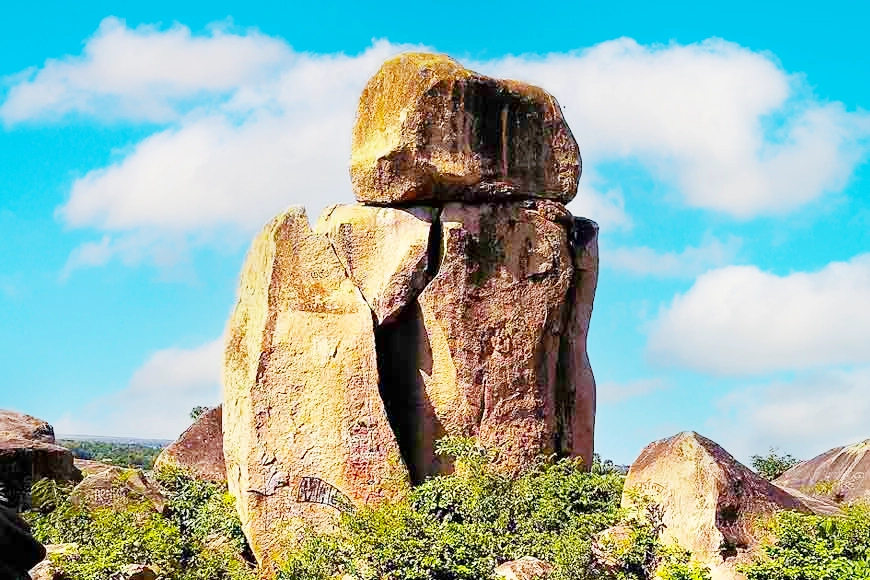
Mama Bhagne Pahar
Mama Bhagne Hills, a striking rock formation near Bolpur-Santiniketan, is known for its fascinating balanced...
Surul Rajbari: A Glimpse into Birbhum’s Zamindari Past near Santiniketan
Just a few kilometers from the bustling town of Bolpur and adjacent to the tranquil...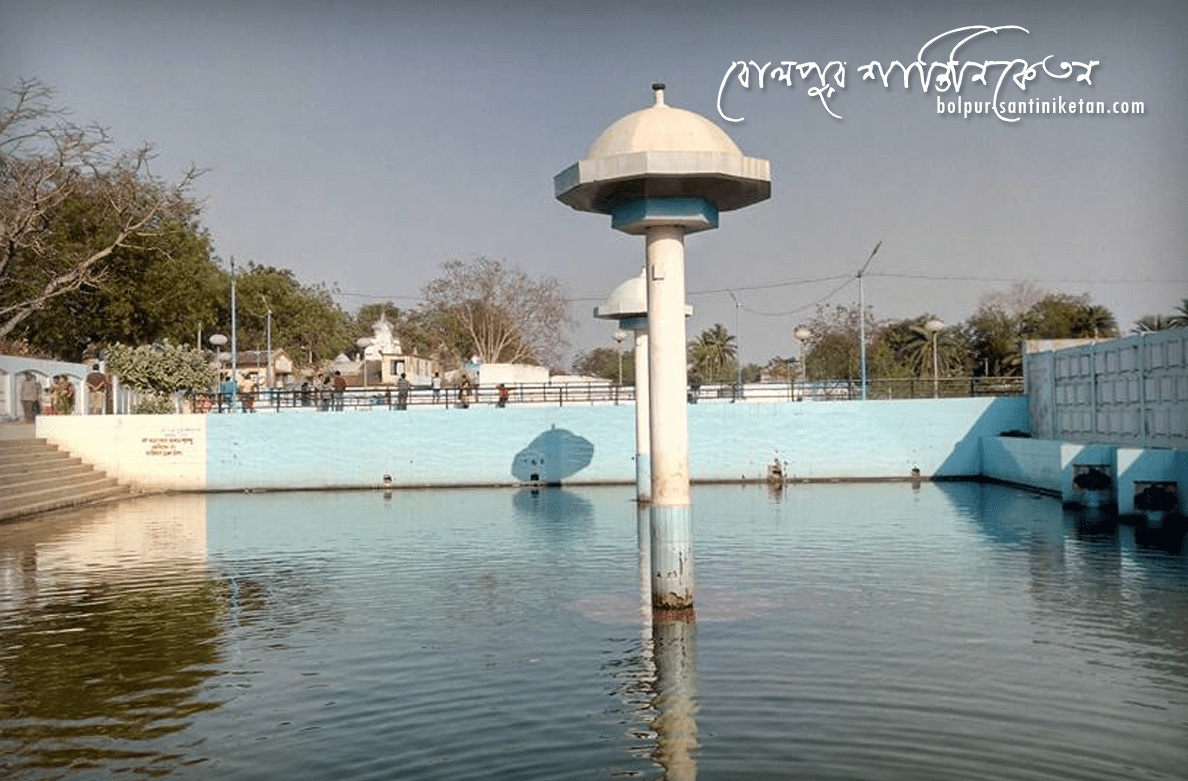
Bakreswar Sightseeing from Bolpur Santiniketan – A Spiritual Day Trip
Discover Bakreswar sightseeing from Bolpur Santiniketan, a spiritual escape just 45 km from the cultural...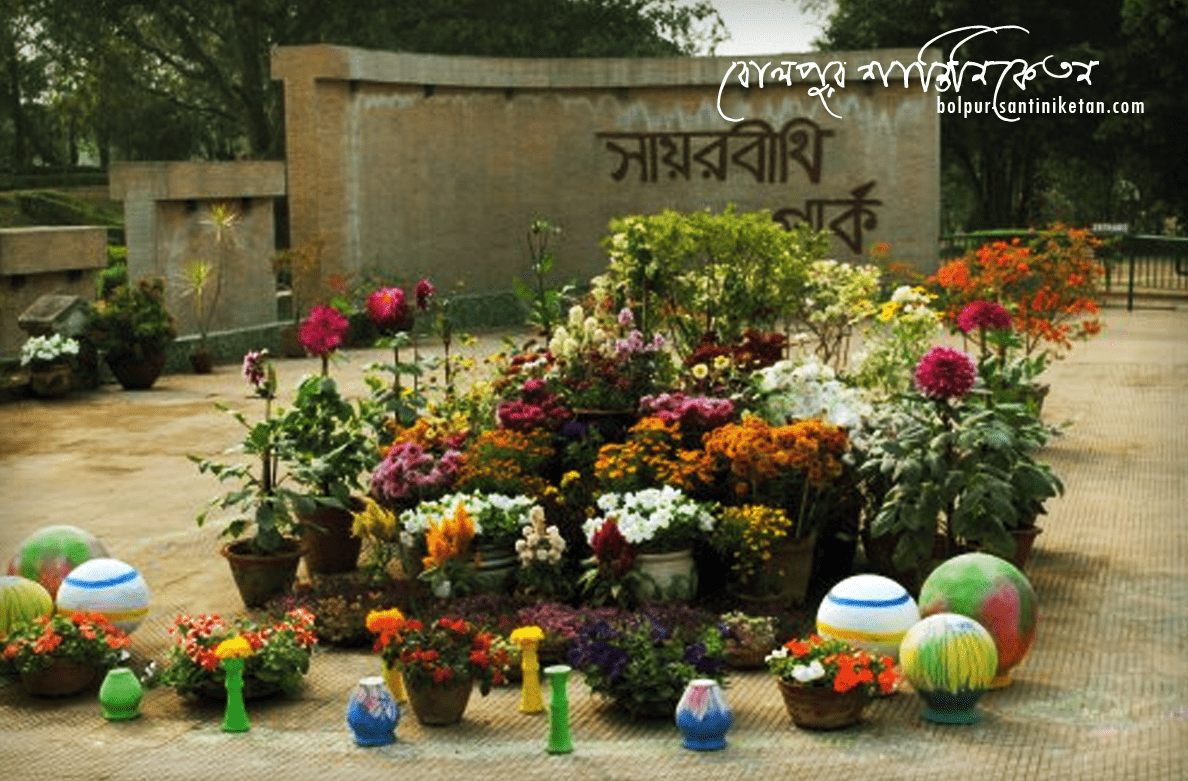
Shyorbithi Park
Shyorbithi Park: A Green Escape in Bolpur Santiniketan Shyorbithi Park, also called Sayar Bithi Park,...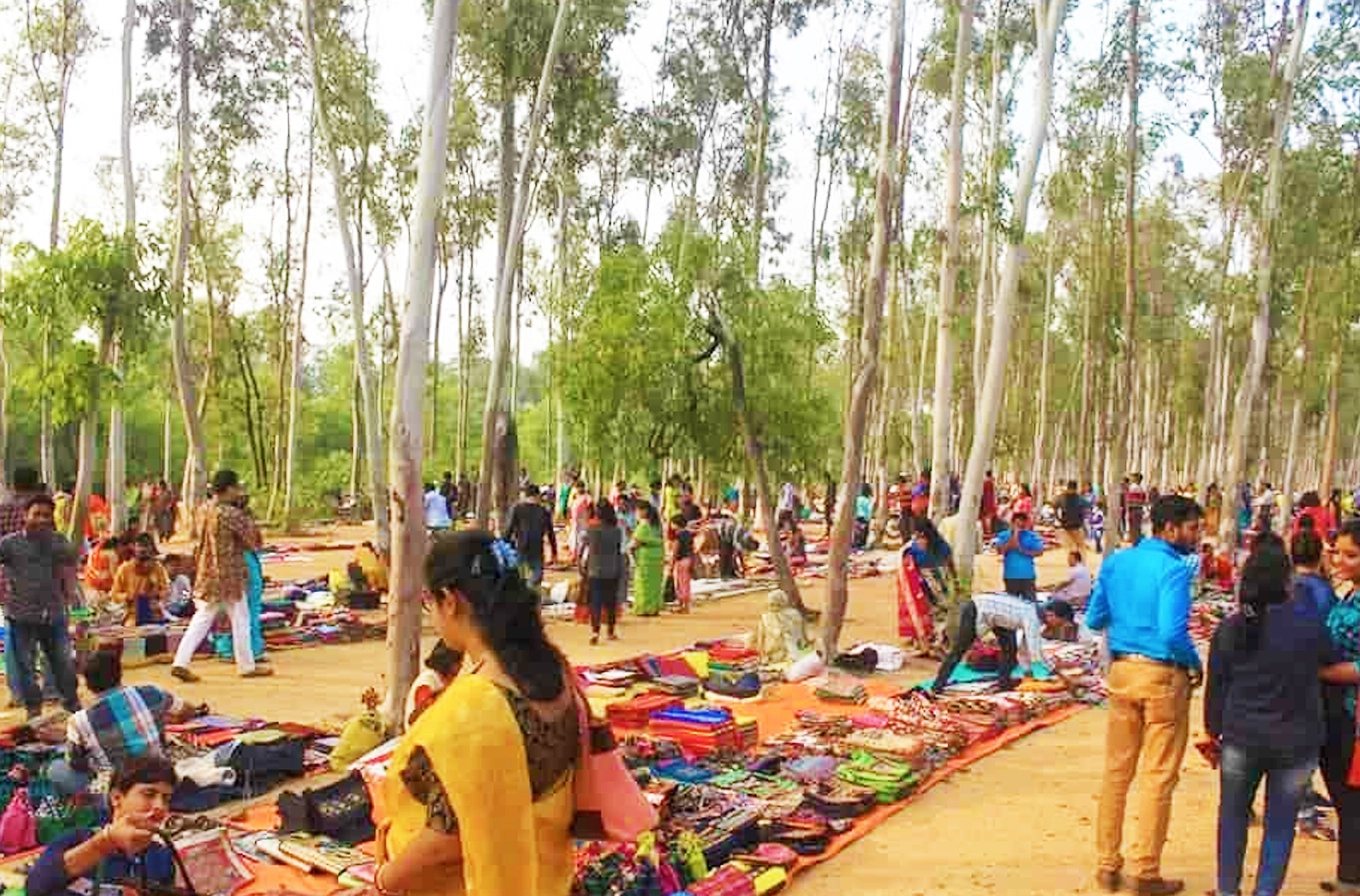
Sonajhuri Haat: A Cultural Extravaganza in Bolpur Santiniketan
If you’re visiting Bolpur Santiniketan, don’t miss Sonajhuri Haat! It’s a lively open-air market, also...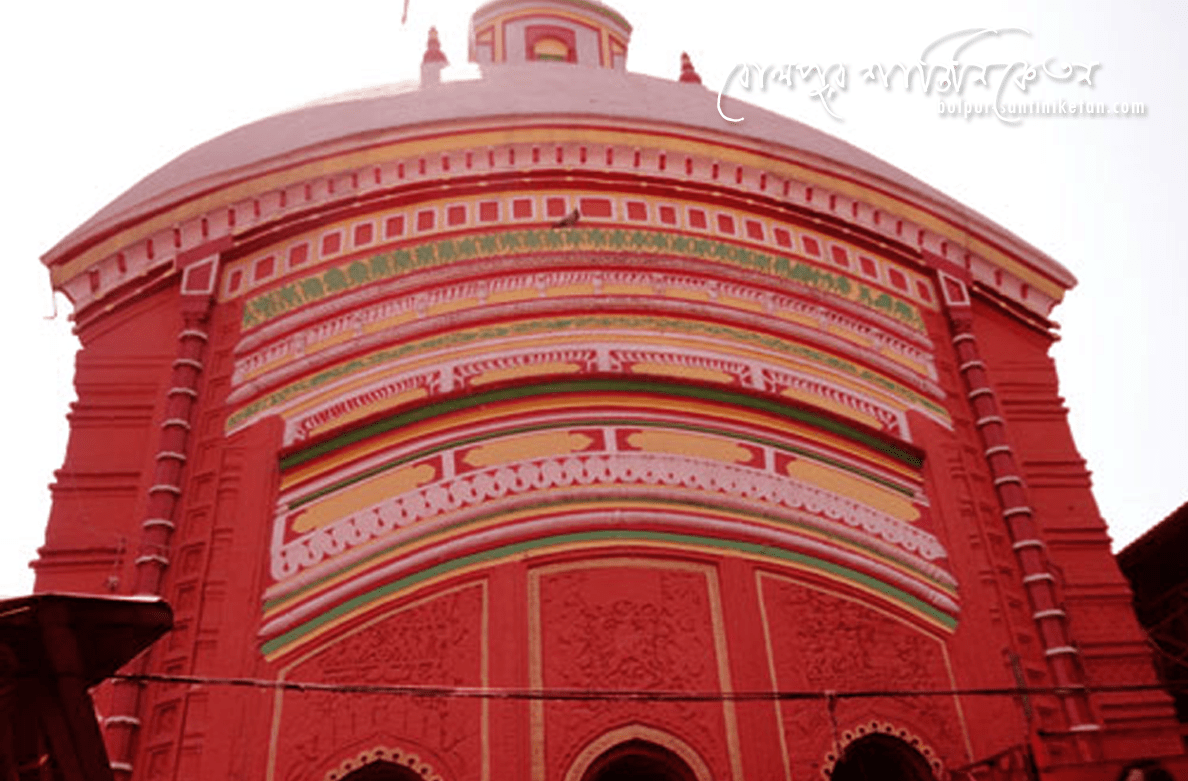
Tarapith Sightseeing from Bolpur Santiniketan – A Tantric Pilgrimage
Embark on Tarapith sightseeing from Bolpur Santiniketan, a fascinating day trip to a mystical temple...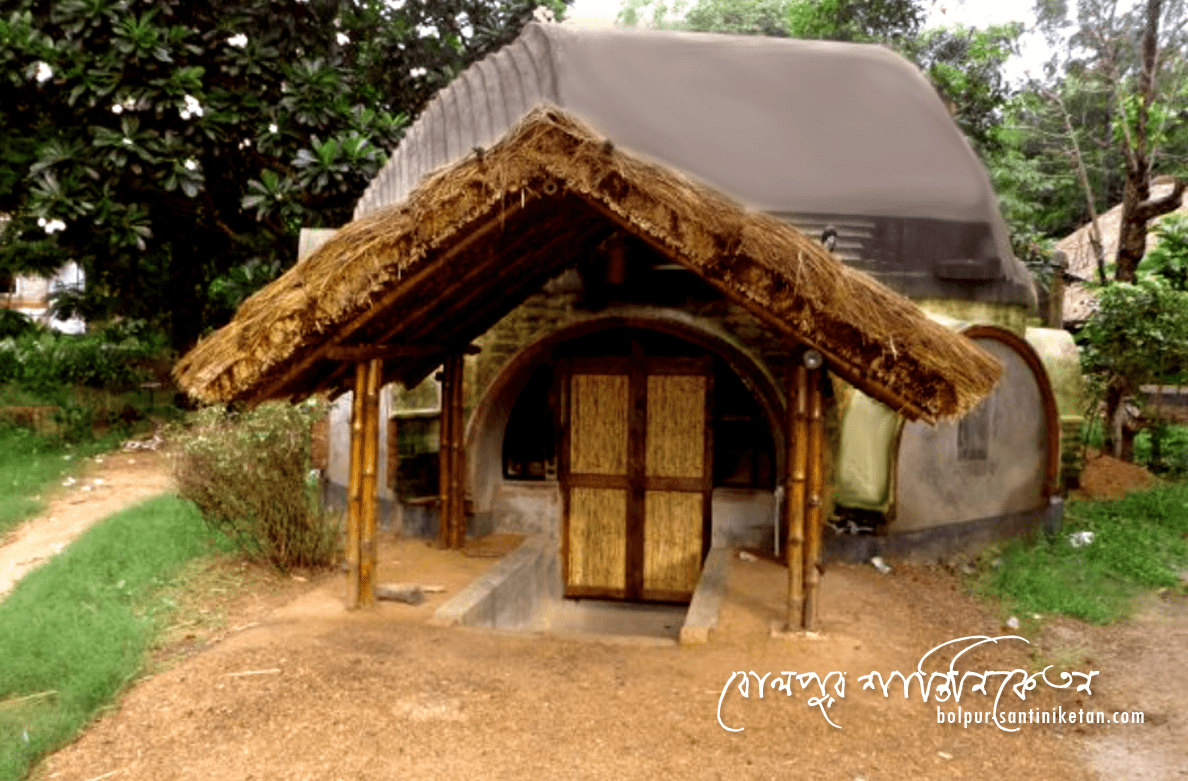
Babli, Bolpur Santiniketan – A Serene Rural Escape Near Tagore’s Land
Discover Babli: A Tranquil Getaway Near Santiniketan Tucked away just 12 km from the cultural...